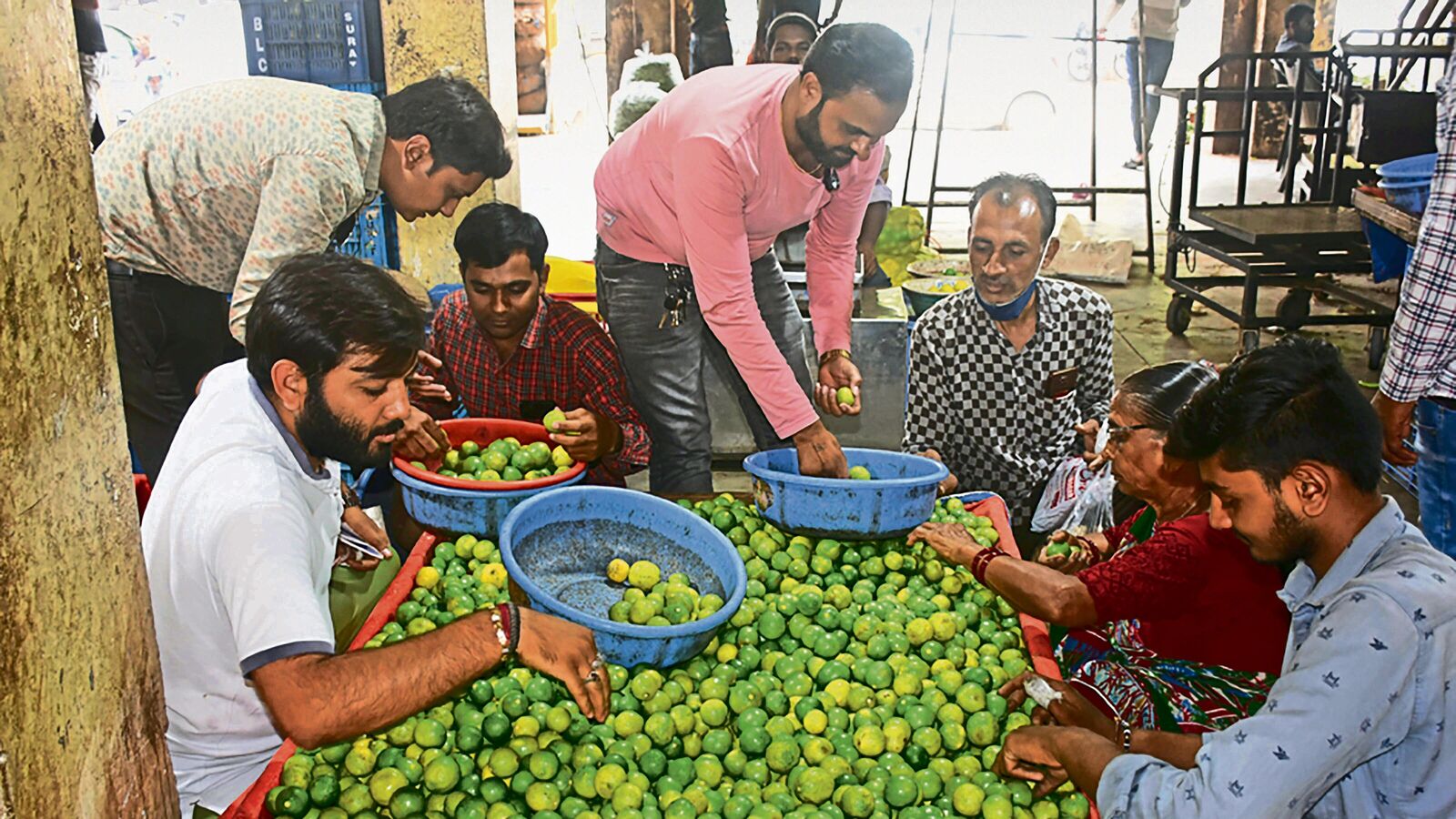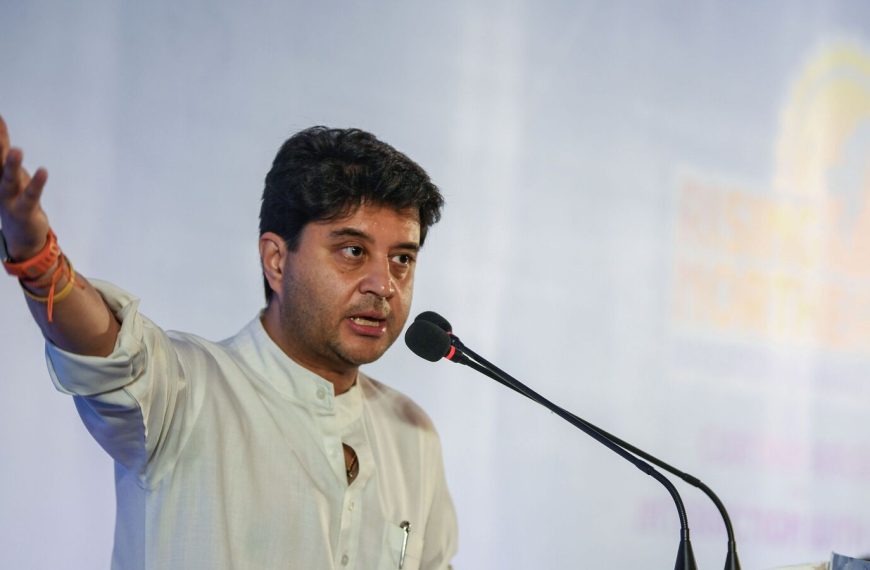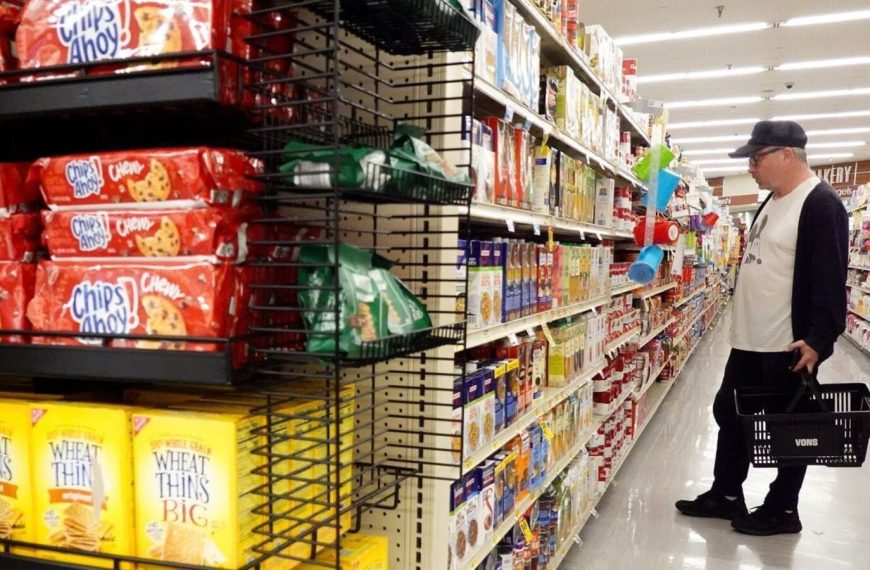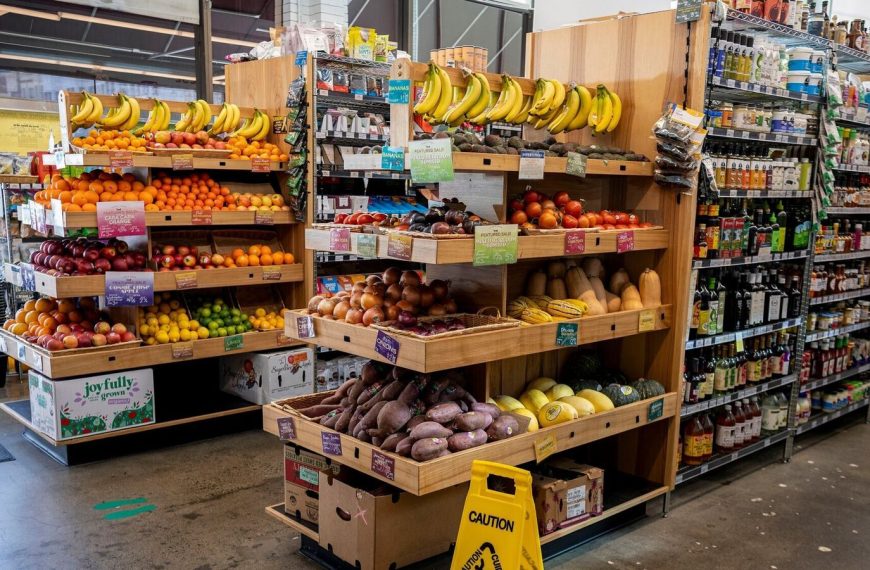In April 2025, the wholesale price index (WPI) inflation in India dropped to a remarkable 0.85%, marking its lowest point in over a year, according to the latest figures released by the commerce ministry. This decline comes as a result of falling food and energy prices, showcasing an easing of cost pressures at the producer level. For context, March recorded a WPI inflation rate of 2.05%, while the same month last year saw a rate of 1.19%.
Significant Drop in Food and Energy Prices
The data highlights a significant reduction in prices for primary articles, which encompass both food products (like cereals, vegetables, eggs, and meat) and non-food items (such as crude petroleum and natural gas). Year-on-year comparisons reveal that this category has slipped into negative inflation territory. Notably, pulses experienced a 5.57% deflation, while vegetables saw an astonishing 18.26% drop, and potatoes plummeted by 24.3%.
- Food Inflation: WPI food index inflation fell to 2.55% in April from 4.66% in March, reaching an 18-month low.
- Crude Oil Prices: The average price of crude oil in April was $67.73 per barrel, a significant decrease from $89.44 in April of the previous year and down from $72.47 in March.
Effects on Consumer Prices
Retail inflation also saw a decline, reaching its slowest pace in over six years, primarily due to lower food prices. According to Paras Jasrai, an associate director at India Ratings and Research, this easing of food inflation is set to provide much-needed relief for households, potentially boosting consumption as the new fiscal year unfolds.
Global Economic Factors at Play
The reduction in crude petroleum and natural gas prices, which saw a 15.5% deflation in April, has been influenced by global economic conditions, including geopolitical tensions and trade uncertainties. As a result, experts anticipate that prices will remain subdued despite fluctuations in global markets, particularly in light of the U.S.’s shifting tariff policies and ongoing economic challenges in China.
Madan Sabnavis, chief economist at Bank of Baroda, points out that these developments suggest WPI inflation could remain low throughout FY26, with a favorable monsoon and increased agricultural production likely to keep food prices stable.
Manufactured Goods Inflation
Meanwhile, inflation for manufactured goods, which includes processed foods, textiles, and basic metals, recorded a moderate 2.62% year-on-year increase in April. This indicates persistent cost pressures in certain industrial sectors. Analysts from India Ratings expect wholesale inflation to hover around 0.5% in the near term, driven by muted commodity prices and favorable conditions in the food sector.
Economic Outlook
The government forecasts a 10.1% growth in nominal GDP for the current financial year. Additionally, consumer price index (CPI) inflation also eased, reaching 3.16% in April, the lowest level since July 2019. This broad trend of declining inflation rates across various sectors suggests a more stable economic environment, potentially benefiting consumers and businesses alike.
In summary, the latest data indicates a significant easing of inflationary pressures in India, driven by favorable conditions in food and energy markets, which could contribute to a more resilient economic outlook in the coming months.











